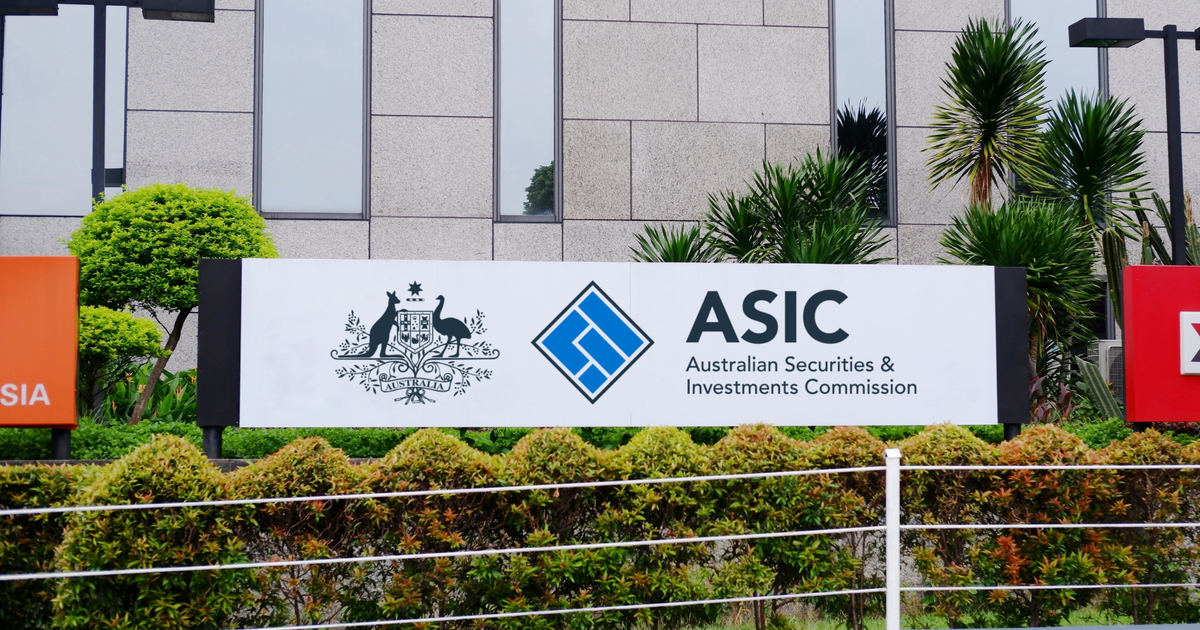Tesla shares dip after hours as earnings call disappoints
Tesla reported earnings after the bell. Here are the results.
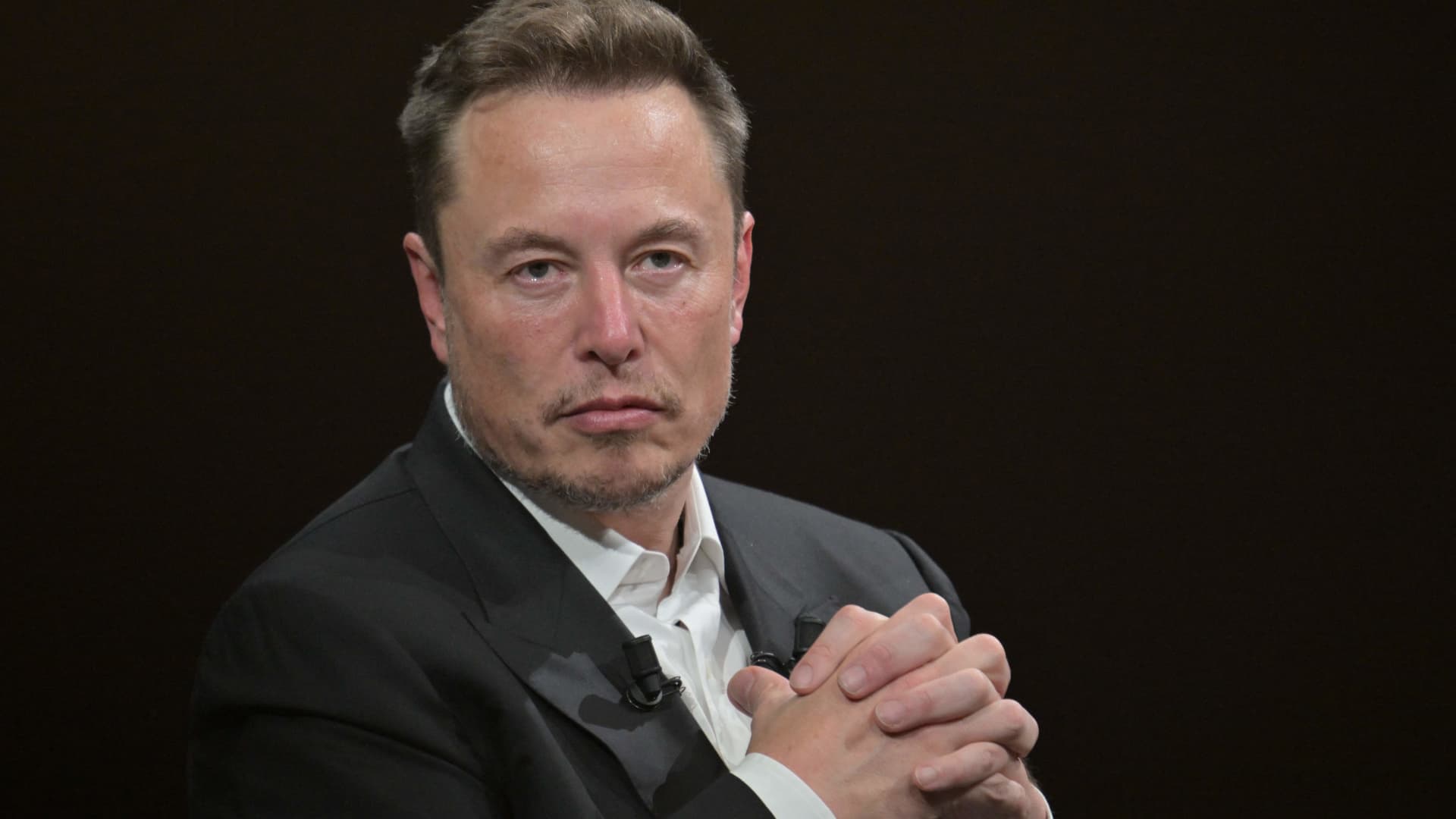

Tesla reported earnings after the bell, showing a record for quarterly revenue but lower margins thanks to price cuts and incentives.
The stock price remained flat after the initial report, but began dropping during the earnings call as CEO Elon Musk and other executives failed to deliver precise specs and start of delivery dates for the Cybertruck, and for a robotaxi-ready vehicle. Musk and other execs also said during the call that vehicle production would slow down during Q3 due to shutdowns for factory improvements. It's now down about 5% after hours.
Here's how the company did versus expectations:
Revenue: $24.93 billion, versus $24.47 billion expected according to Refinitiv.Earnings: 91 cents per share adjusted, versus 82 cents per share expected as per Refinitiv.Net income (GAAP) was $2.70 billion, an increase of 20% from last year. Operating income, however, was off 3% from the year-ago quarter at $2.40 billion.
SpaceX, Twitter and electric car maker Tesla CEO Elon Musk looks on as he speaks during his visit at the Vivatech technology startups and innovation fair at the Porte de Versailles exhibition center in Paris, on June 16, 2023.
Alain Jocard | Afp | Getty Images
By way of comparison, during the first quarter of 2023, Tesla reported net income of $2.51 billion on revenue of $23.33 billion. During the second quarter last year, Tesla reported net income of $2.27 billion on $16.93 billion in revenue.
On the company's earnings call, Musk said, "We continue to target 1.8 million vehicle deliveries this year, but expect Q3 production will be a little bit down because we've got summer shutdowns for a lot of factory upgrades."
Early this month, Tesla reported 466,140 total vehicle deliveries for the second quarter and said it had produced 479,700 electric vehicles. Deliveries are the closest approximation of sales that Tesla reports.
Those deliveries were higher than Wall Street expected, and were partly driven by incentives and discounts. Correspondingly, operating margins came in at 9.6%, the lowest for at least the last five quarters. Total gross margin came in at 18.2%, also a low for the same period.
Tesla explained in a shareholder deck that its lower margins in the second quarter resulted from reduced average sales prices "due to mix and pricing" of the cars it has been selling, and the cost of ramping up production of battery cells it designed in-house, known as the 4680 cells, among other factors.
Revenue from Tesla's core automotive business rose 46% year-over-year to $21.27 billion, about a 6.5% increase sequentially. Its energy generation and storage revenue -- from solar installations, and backup batteries — rose 74% year-over-year to $1.51 billion. With more vehicles on the road, Tesla's "services and other" revenue, including fees for out-of-warranty vehicle repairs, rose 47% to $2.15 billion.
When asked about whether investors can expect to see Tesla automotive gross margins stabilizing or rising after price cuts and factory improvements in the near future, Musk demurred. "The short-term variances in gross margin and profitability really are minor relative to the long-term picture. Autonomy will make all of these numbers look silly."
Tesla's research and development costs rose to $943 million (from $771 million in the first quarter) with the company writing in a shareholder deck that it is focused on "being at the forefront of AI development," and has started production of its Dojo "training computers."
Tesla's crossover, the Model Y, became the best-selling vehicle worldwide in the first quarter of 2023.
Tesla said in an investor deck that Cybertruck "factory tooling" is on track but the company is only producing "release candidate" builds so far. The news could disappoint fans who are eagerly awaiting start of deliveries of the angular, sci-fi inspired pickup that Elon Musk first promoted in 2019. In recent days, Tesla posted a photo via its social media account on Twitter showing factory workers crowded in around a Cybertruck in their Austin, Texas facility. The tweet said, "First Cybertruck built at Giga Texas!"
On the earnings call, Musk that the Cybertruck would include lots of "new technology," with 10,000 "unique parts and processes." Giving the caveat that it is "always difficult to predict the ramp initially," Tesla will be making the Cybertruck, "in high volume next year, and we will be delivering the car this year."
Musk also said Tesla will be spending more than $1 billion on Dojo over the next year. Dojo is a supercomputer that Tesla is developing for AI machine learning and computer vision training purposes. Tesla hoovers up video clips and data from its customers' and company vehicles to improve existing software, and to develop new features that become part of its driver assistance systems.
"You see a lot of AI companies doing you know LLMs and what not and I'm thinking, if they're so great why can't they make a self-driving car? Because it's harder!"
Musk has been promising Tesla would deliver a self-driving car since at least 2016, and at that time promised a Tesla would be able to complete a cross-country trip with no driver intervention in 2017. So far, that still hasn't happened. The company's driver assistance systems, marketed as Autopilot or Full Self-Driving capability in the US, requires a human driver ready to steer or brake at any time.
"I know I am the boy who cried FSD," Musk said during a question and answer session on Wednesday's call. "But I think we will be better than human by the end of this year." He said Tesla is focused on developing self-driving tech for the U.S. market.
More futuristically, Musk spoke about combining a Neuralink brain implant with a robotic arm or leg made by Tesla. Speaking of amputees, he said, "We believe we can give [them] a cyborg body that is incredibly capable -- six-million-dollar man in real life, but it won't cost six million dollars." He joked, "Sixteen-thousand-dollar man."

 ShanonG
ShanonG 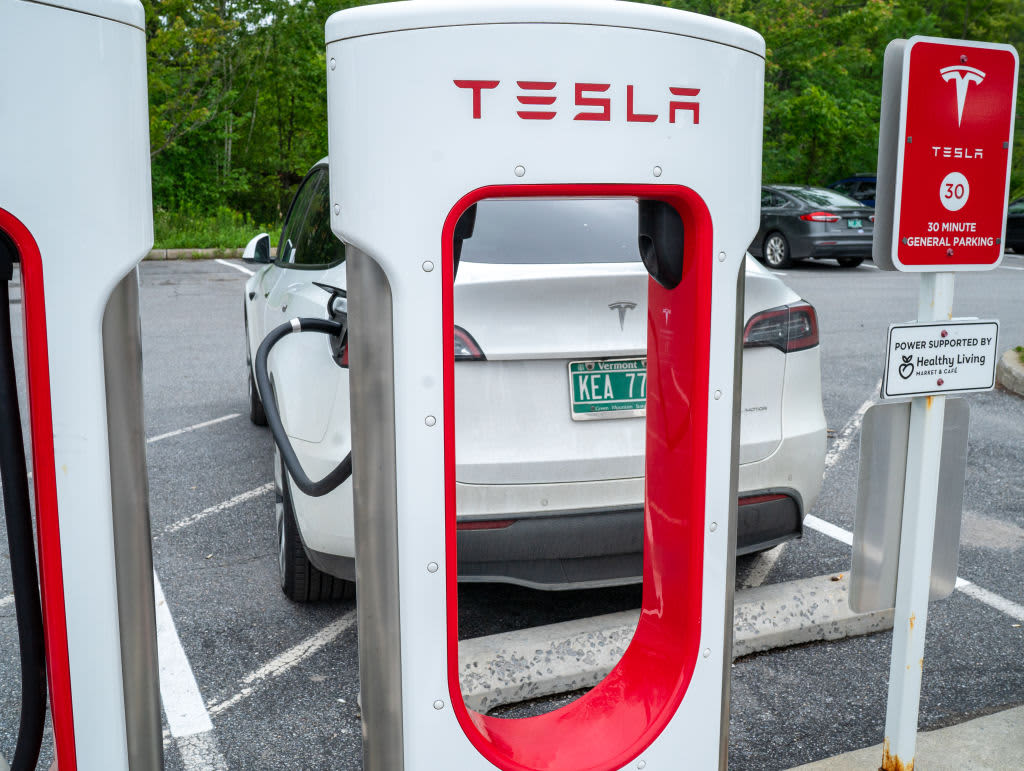










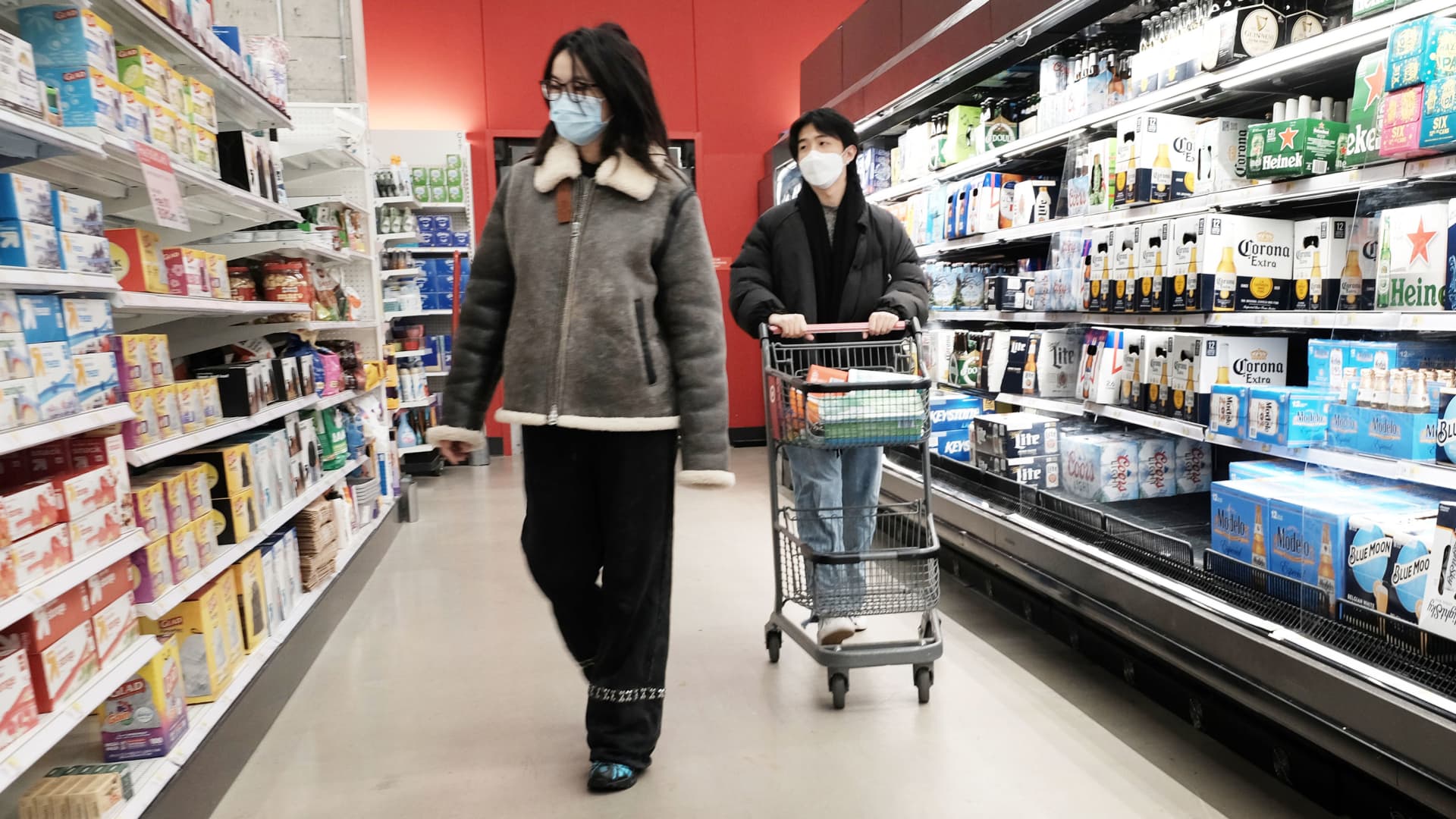


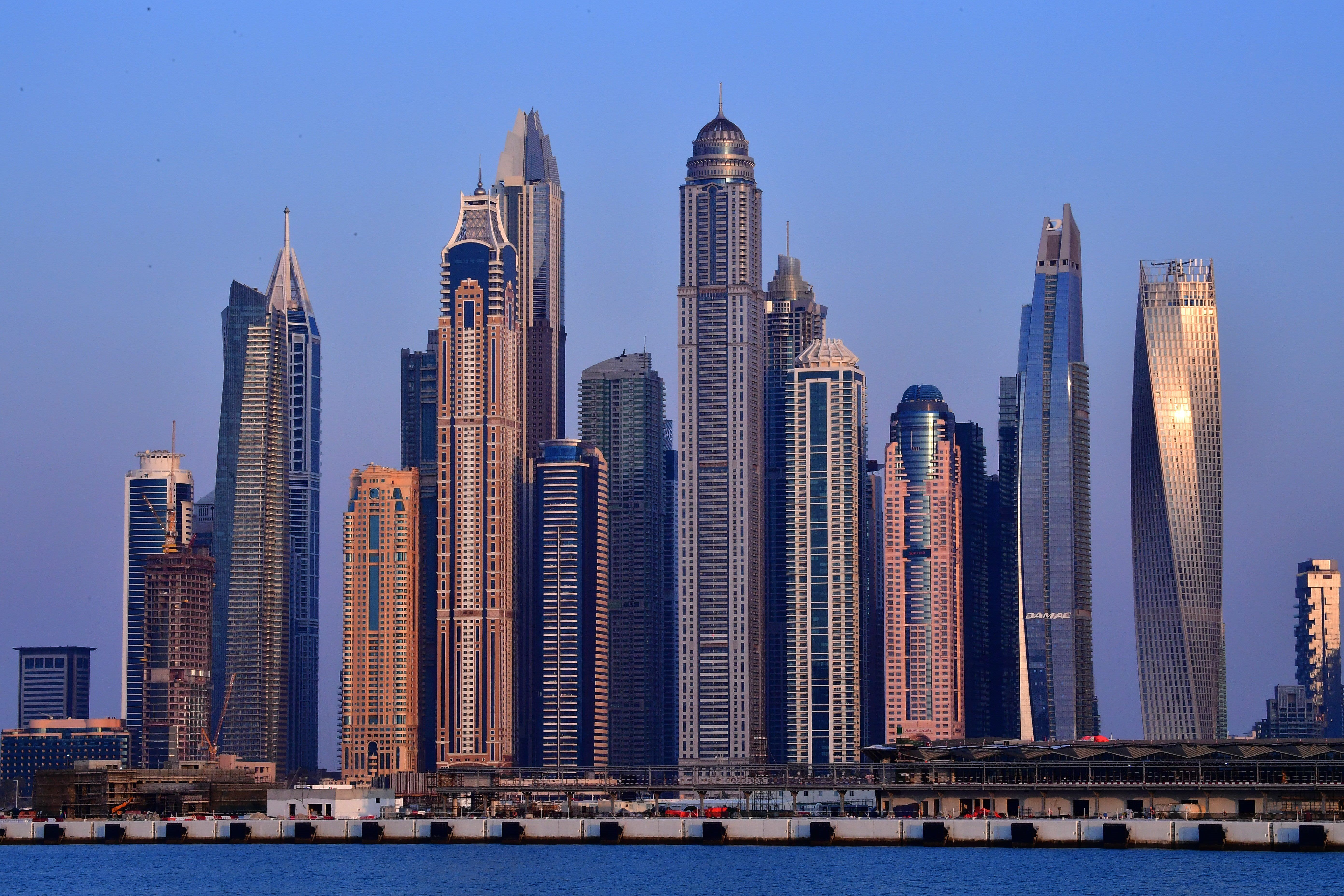
















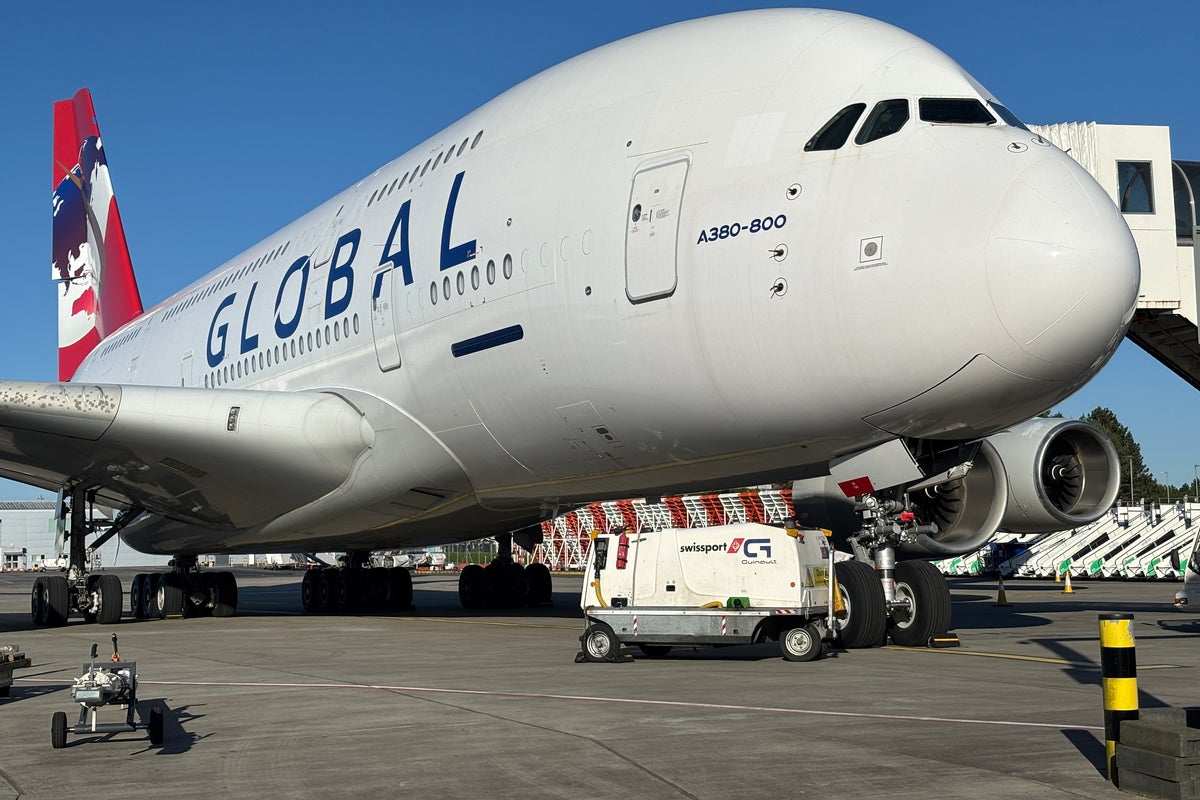
.jpg&h=630&w=1200&q=100&v=a905e78df5&c=1)
